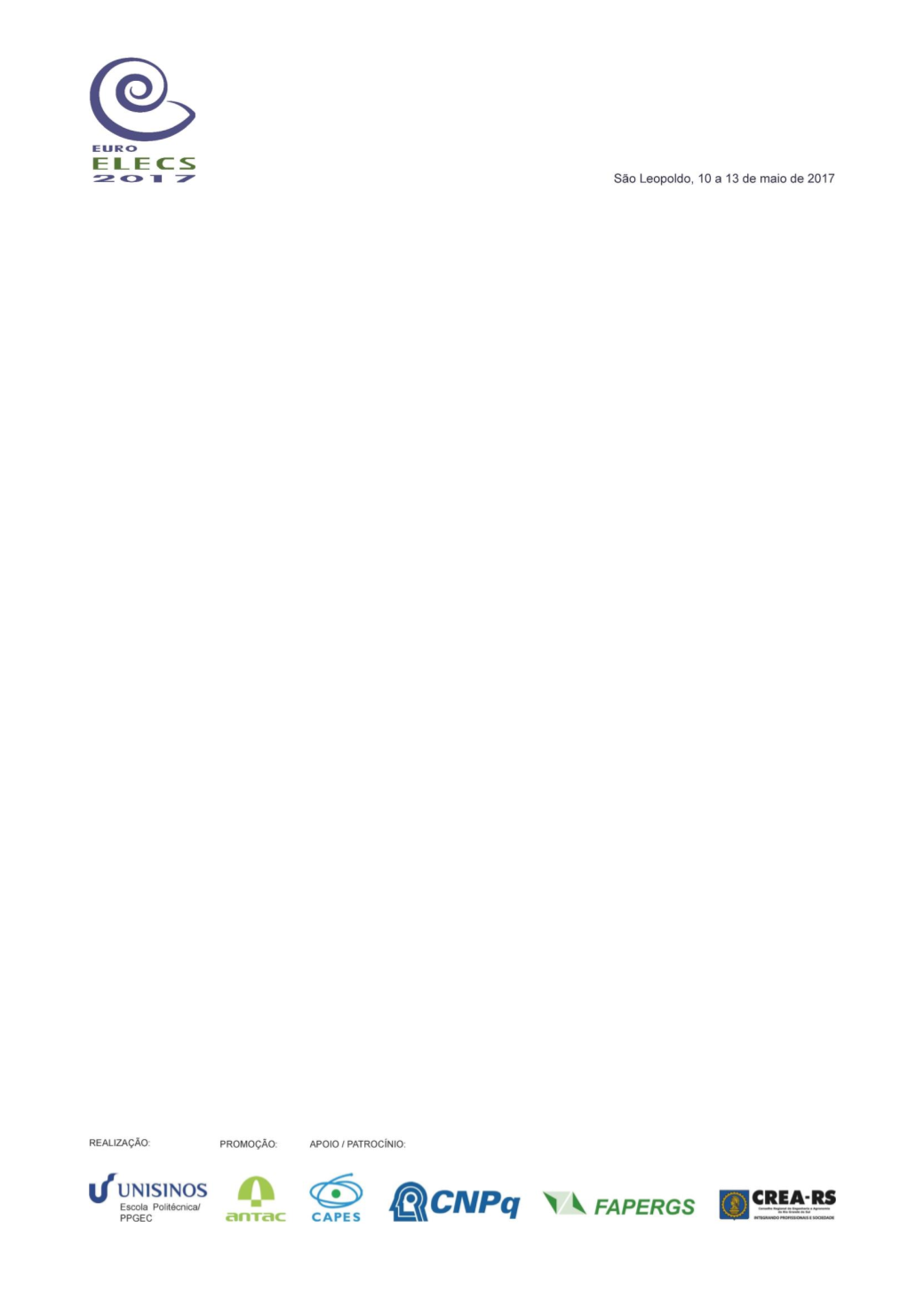

1886
FARR, Douglas. Urbanismo sustentável: desenho urbano com a natureza. Tradução: Alexandre
Salvaterra. 1. ed. Porto Alegre: Bookman, 2013. 326 p.
FRANK, L. et al. Health and the Built Environment: A Review. The Canadian Medical Association,
2012.
FRANK, L. et al. Many pathways from land use to health. Journal of the American Planning
Association. V.72, n.1, p. 75-87, 2006.
FRANK, L. et al. The development of a walkability index: application to the Neighborhood Quality of
Life Study. British journal of sports medicine. V.44, n.13, p. 924-933, 2010a.
FRANK, L. et al. Neighborhood Design, Travel, and Health in Metro Vancouver: Using a Walkability
Index - Executive Summary. UBC, 2010b.
FRANK, L. Land Use and Transportation Interaction: Implications on Public Health and Quality of
Life. Journal of Planning Education and Research. V.20, n.1, p. 6-22, 2000.
FRUMKIN, H. Urban sprawl and public health. Public health reports. V.117, n.3, p. 201-217, 2002.
GEHL, Jan. Cidades para pessoas. 2. ed. São Paulo: Perspectiva, 2013. 280 p.
HANDY, S. et al. How the built environment affects physical activity: Views from urban planning.
American Journal of Preventive Medicine. V.23, n.02, p. 64-73, 2002.
HESS, P.; MOUDON, A., LOGSDON, M. Measuring land use patterns for transportation research.
Transportation Research Record: Journal of the Transportation Research Board. n.1780, p. 17-24,
2001.
HINO, A. et al. Projeto ESPAÇOS de Curitiba, Brazil: applicability of mixed research methods and
geo-referenced information in studies about physical activity and built environments. Pan American
journal of public health. V.32, n.3, p. 226–33, 2012.
HOEHNER, C. et al. Perceived and objective environmental measures and physical activity among
urban adults. American Journal of Preventive Medicine. V.28, n.2 SUPPL. 2, p. 105-116, 2005.
HUMPEL, N. et al. Environmental factors associated with adults’ participation in physical activity A
review. American Journal of Preventive Medicine. V.22, n.3, p. 188-199, 2002.
IBGE (Instituto Brasileiro de Geografia e Estatística). Censo 2010.
JACOBS, Jane. Morte e Vida de Grandes Cidades. São Paulo: Martins Fontes, 2011. 510 p.
KING, A. et al. Aging in neighborhoods differing in walkability and income: Associations with physical
activity and obesity in older adults. Social Science and Medicine. V.73, n.10, p. 1525–1533, 2011.
KNEIB, E. Mobilidade urbana e qualidade de vida: do panorama geral ao caso de Goiânia. Revista
UFG. V.XIII, n.12, p. 71–78, 2012.
LOTFI, S.; KOOHSARI, M. Neighborhood Walkability in a City within a Developing Country.Journal
of urban planning and development. V.137, p. 402–408, 2011.
LOVASI, G. et al. Using built environment characteristics to predict walking for exercise. International
journal of health geographics. V.7, p. 10-23, 2008.
MANAUGH, K., KREIDER, T. What is mixed use? Presenting an interaction method for measuring
land use mix. Journal of Transport and Land Use. V.6, n.1, p. 63-72, 2013.


















